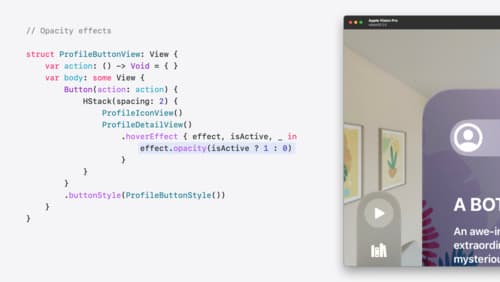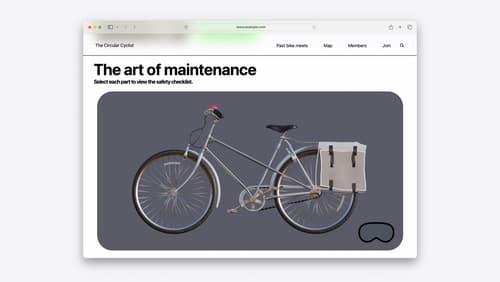how to remove image background from semitransparent mask
Asked on 2024-10-09
1 search
To remove an image background from a semitransparent mask, you can use techniques involving alpha blending and color pipelines, as discussed in the session "Render Metal with passthrough in visionOS." In this session, it is explained that the visionOS color pipeline uses the pre-multiply alpha color convention. This means you multiply the color channel in your shaders by the alpha value before passing it to composite or services. This approach helps in combining textures realistically, which can be useful for handling semitransparent masks.
For more detailed information, you can refer to the session Render Metal with passthrough in visionOS (05:25).

Migrate your TVML app to SwiftUI
SwiftUI helps you build great apps on all Apple platforms and is the preferred toolkit for bringing your content into the living room with tvOS 18. Learn how to use SwiftUI to create familiar layouts and controls from TVMLKit, and get tips and best practices.

Create custom hover effects in visionOS
Learn how to develop custom hover effects that update views when people look at them. Find out how to build an expanding button effect that combines opacity, scale, and clip effects. Discover best practices for creating effects that are comfortable and respect people’s accessibility needs.

Optimize for the spatial web
Discover how to make the most of visionOS capabilities on the web. Explore recent updates like improvements to selection highlighting, and the ability to present spatial photos and panorama images in fullscreen. Learn to take advantage of existing web standards for dictation and text-to-speech with WebSpeech, spatial soundscapes with WebAudio, and immersive experiences with WebXR.
